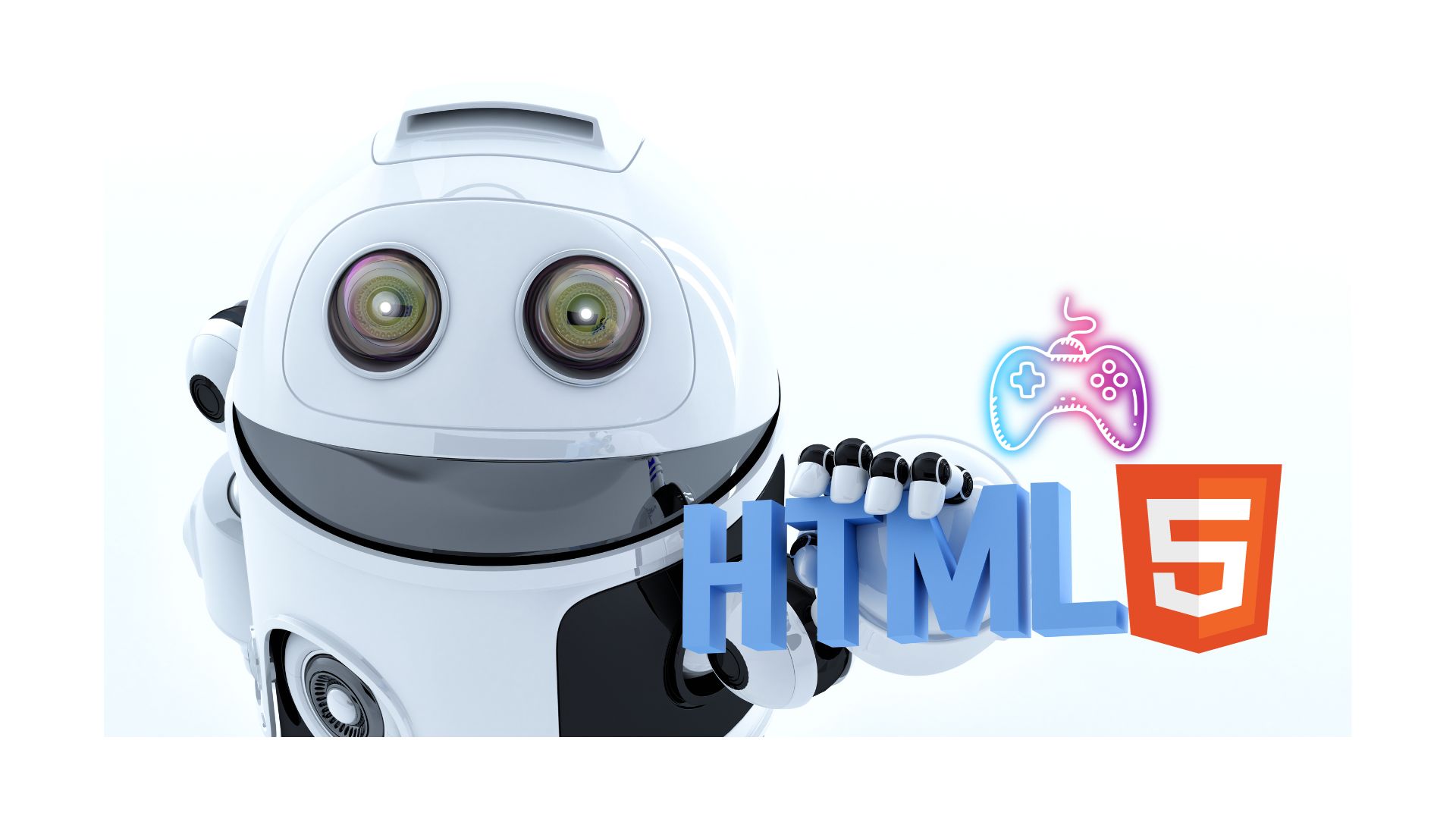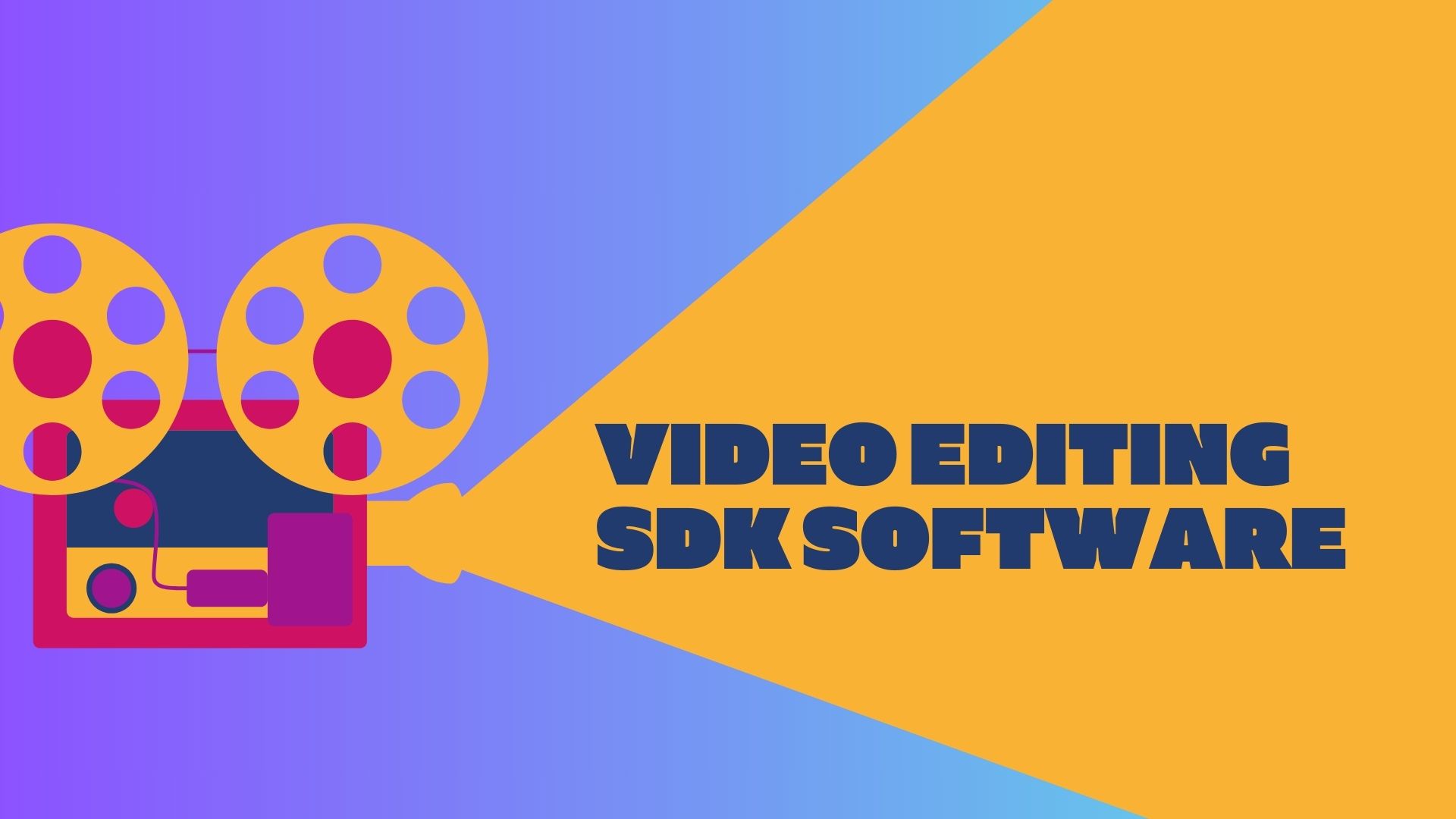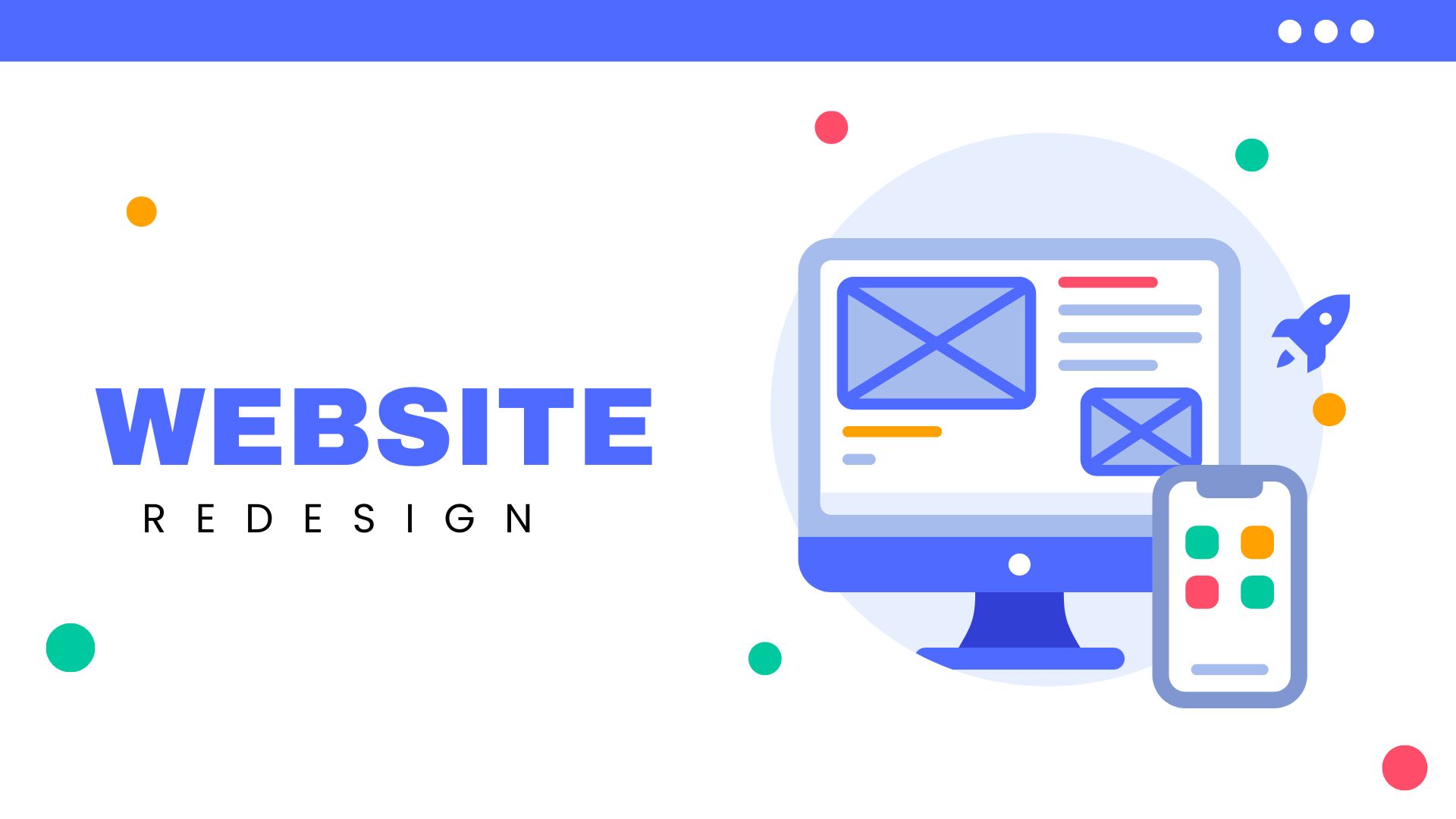Top ERP Trend? Usability, Says Nucleus Research
When Enterprise Apps Today asked experts to pick their top ERP trends for 2014, cloud and mobile not surprisingly showed up on many of their lists. While these technologies have already made a major impact on other enterprise applications, ERP users and vendors haven’t been as quick to adopt them.
This relatively slow adoption isn't due to lack of interest, said Rebecca Wettemann, vice president of Research for Nucleus Research. Rather, it's because they want to ensure such capabilities add real business value.
“Vendors realize they must make investments to reduce the complexity of ERP and make it more usable for end users. It's not just doing mobile, but making mobile more intuitive. It's not just adding new features but really thinking about making the UI more user friendly,” she said. “Nobody is making their ERP decisions based on a long, detailed feature and function checklist anymore; they're really looking for how to get more value out of it.”
Vendors' efforts to make their products more palatable to end users is an overarching theme of Nucleus Research's latest technology value matrix for ERP, which examines the market for the second half of 2013.
As an example, Wettemann mentioned SAP's Fiori applications, which the software company's website promises gives software users “the consumer-like experience they've come to expect.” Explained Wettemann: “It surfaces commonly used functions within SAP to individual users in a way that is meaningful for them and helps them to get more work done.”
She also mentioned Oracle's Business Accelerators and SAP's Rapid Deployment Solutions, which are designed to help companies reduce cost and complexity by streamlining ERP implementations. “If you add a new module, these kinds of solutions make it less risky and more predictable in terms of timeline and certainly less expensive,” she said.
Analytics and ERP Value
While the emphasis is on features that add value, Wettemann said vendors and their customers are not immune to the appeal of capabilities that also happen to be trendy. Many vendors are adding analytics to their ERP applications, she pointed out, “as a way to make their apps stickier and more meaningful for users.”
While many users saw Big Data and embedded analytics as “a solution looking for a problem” as recently as a year ago, Wettemann said that view is beginning to change with increasingly user-friendly approaches such as Microsoft's inclusion of data visualization capabilities in its Dynamics ERP. These kinds of approaches help companies “better focus on key operational indicators and see data in a way that enables them to make decisions that actually impact the business,” Wettemann said.
Vendors are adopting more of a “partnership approach” in an effort to help their customers more easily derive value from features such as analytics, she added.
For example, she said, SAP will work with customers using its HANA in-memory computing platform to help them focus on a specific business problem. “It's more of a template-driven, turnkey approach where you can see results in weeks instead of months. The idea is to take one piece of your business or transactional data, apply an analytics approach to it, and then move on to the next one.”
Cloud Influence on ERP
Though a number of market forces are leading companies to push for getting more immediate value from their ERP implementations, Wettemann said increasing adoption of the cloud is leading users to expect more speed and flexibility from their enterprise software. Cloud is making definite inroads into the ERP market, she said.
Cloud “natives” such as Unit4 Software and Acumatica are “growing phenomenally” and NetSuite moved into the leader area of Nucleus Research's ERP quadrant for the first time in 2013, Wettemann said. While many cloud ERP vendors promote their products to be used in two-tier ERP deployments, in which cloud products are used in addition to a primary on-premises ERP system, she said NetSuite and others are beginning to target larger enterprises by “touting industry-specific functionality like the more traditional suppliers have.”
The cloud is often, though not always, a part of global ERP implementations in which subsidiaries may have different business needs than the parent company. Wettemann cited the example of Cegedim, a French healthcare IT company that selected Qualiac to replace its homegrown legacy ERP system and is now using Qualiac software at 60 of its subsidiaries. “The idea is to reflect the unique nature of what the subsidiaries are doing while keeping it all rolled back to a common data model,” she said.
Whether influenced by cloud ERP companies or not, Wettemann said traditional ERP suppliers such as Oracle and SAP are increasing the pace of new releases and innovation.
“It's the influence of the cloud, but also just the nature of the market is changing in that everyone now has an appetite for taking advantage of new capabilities on a more rolling, iterative basis,” she said. “This is dramatically different than the forklift, 18-month type of deployments we've seen in the past.”
Stay up to date on all of the latest ERP news here.
Ann All is the editor of Enterprise Apps Today and eSecurity Planet. She has covered business and technology for more than a decade, writing about everything from business intelligence to virtualization.
/p>

Public relations, digital marketing, journalism, copywriting. I have done it all so I am able to communicate any information in a professional manner. Recent work includes creating compelling digital content, and applying SEO strategies to increase website performance. I am a skilled copy editor who can manage budgets and people.



